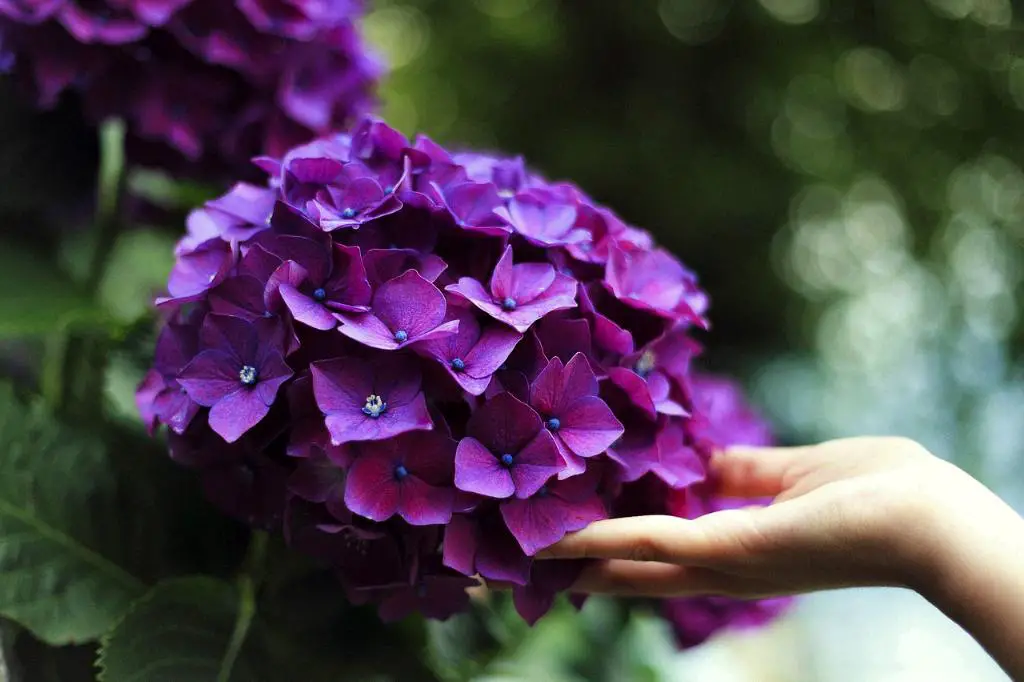Hydrangeas are beloved for their stunning clusters of blossoms that come in a variety of colors, including pink, purple, white, and blue. Among these hues, blue hydrangeas hold a special allure, evoking feelings of serenity and elegance. If you are a gardening enthusiast looking to cultivate vibrant blue hydrangea blooms in your garden, it’s essential to understand the factors that influence the color of these beautiful flowers.
Factors Affecting Hydrangea Color
The color of hydrangea blooms is largely determined by the pH level of the soil in which they are planted. For those aiming to achieve the coveted blue hue, the key lies in creating an acidic environment that encourages the absorption of aluminum by the hydrangea roots. Aluminum sulfate is a common soil amendment used to enhance the blue-producing capabilities of hydrangeas, as it effectively lowers the pH level of the soil.
One interesting method to naturally lower the soil pH and boost the blue coloration of hydrangeas is by introducing dried coffee grounds into the soil. Coffee grounds increase the acidity of the soil over time, promoting the ideal conditions for blue blooms. Regular monitoring of the soil’s pH level with a pH test kit is recommended, with a pH range of 5.2 to 5.5 being ideal for cultivating blue hydrangeas.
Methods to Turn Hydrangeas Blue
Turning hydrangeas blue is a straightforward process that involves amending the soil with acidic compounds that enhance the plant’s ability to absorb aluminum. By incorporating aluminum sulfate into the soil, gardeners can effectively shift the color spectrum of hydrangeas towards a striking blue. Additionally, the use of coffee grounds or pine needles can provide a natural and cost-effective means of adjusting the soil pH to favor blue blooms.
Tips for Maintaining Blue Hydrangeas
Once you’ve successfully transformed your hydrangeas into a sea of blue, it’s important to maintain the optimal conditions for vibrant blooms. Regular soil testing is crucial to ensure that the pH remains within the desired range for blue hydrangeas. Proper mulching and watering practices can help retain soil moisture and prevent pH fluctuations that may impact flower color. When pruning your hydrangeas, pay attention to the timing and technique, as this can influence the intensity and longevity of the blue hues.
Conclusion
In conclusion, achieving the coveted blue coloration in hydrangeas is a rewarding endeavor that requires a bit of knowledge and care. By understanding the impact of soil pH, the role of aluminum sulfate, and the benefits of natural amendments like coffee grounds, you can transform your hydrangea blossoms into a captivating shade of blue. Remember to stay proactive in monitoring and maintaining the soil conditions for your blue hydrangeas, and don’t hesitate to experiment with different methods to enhance the vibrancy of your garden blooms.

